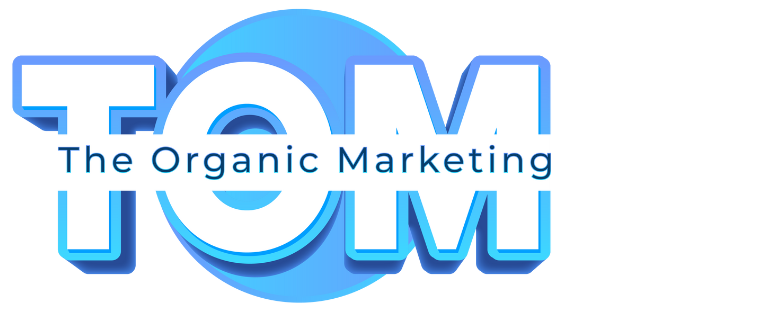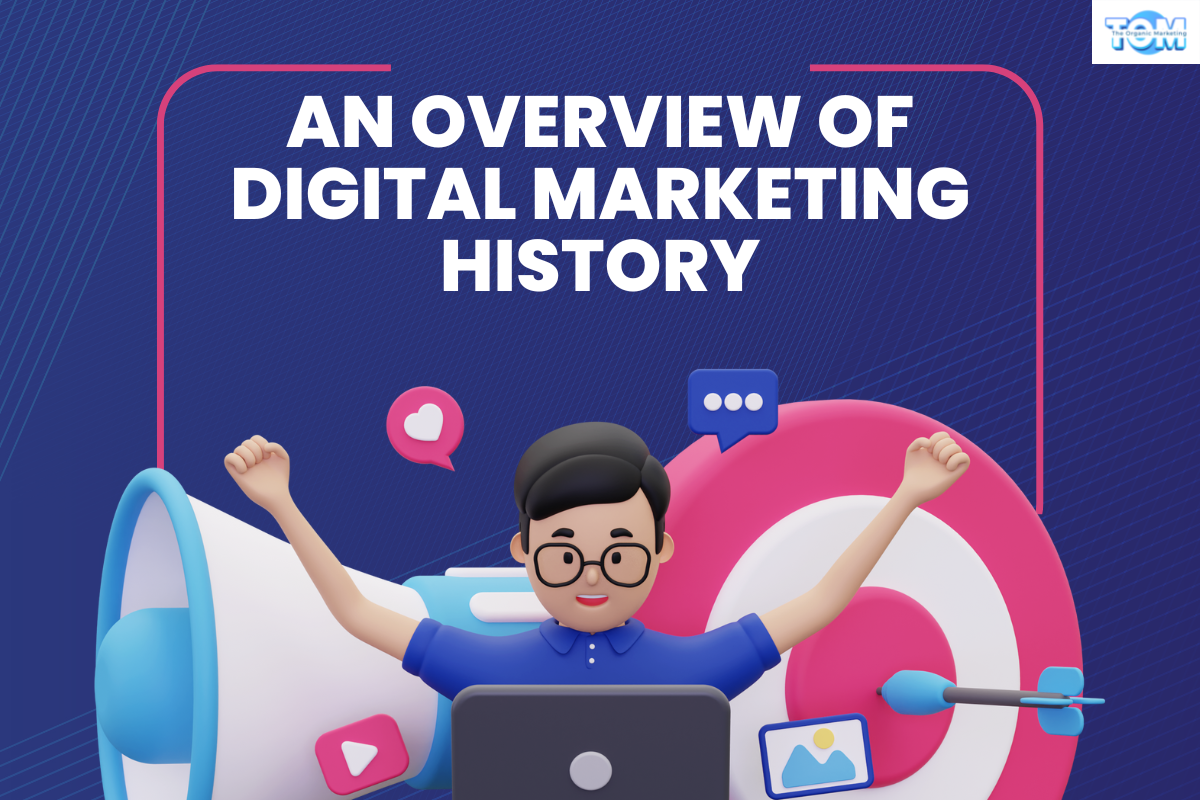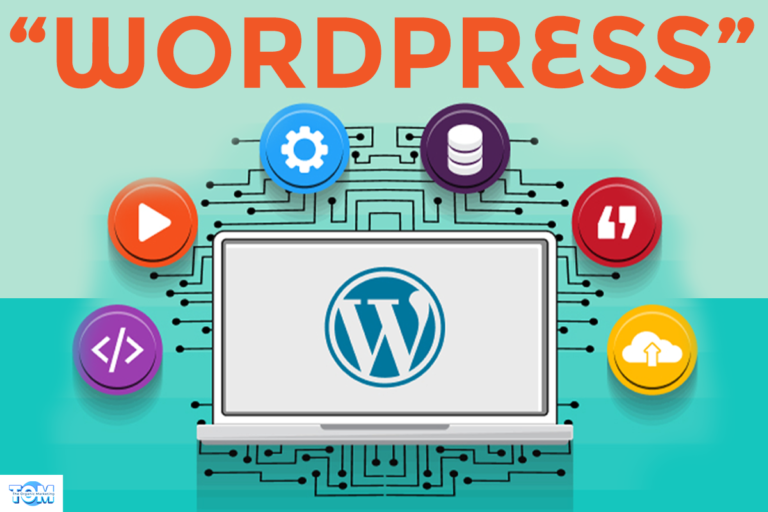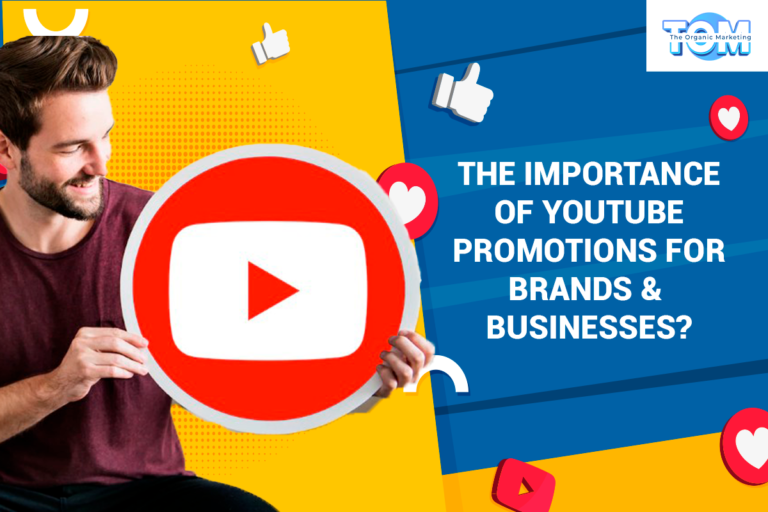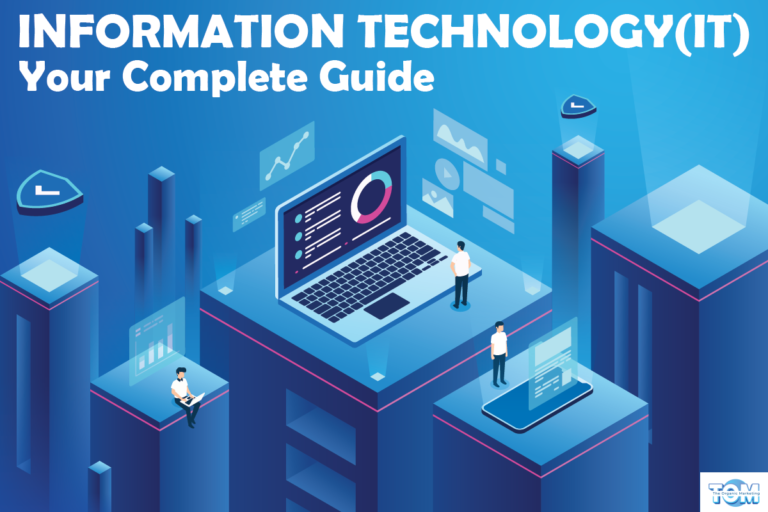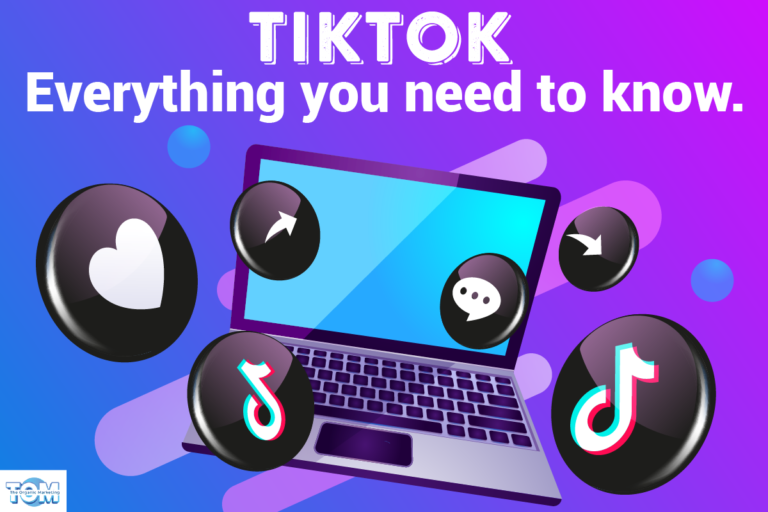An Overview of Digital Marketing History:
Archie, a search engine that indexes FTP (File Transfer Protocol) sites, effectively started digital marketing in 1990. A computer’s storage capacity in the 1980s was already large enough to store vast amounts of customer information. Database marketing became more popular than limited list brokers as companies switched to online techniques. Customers’ information could be tracked more effectively with the introduction of databases, which transformed the buyer-seller relationship.
Digital marketing was invented in the 1990s. A significant factor in marketing technology has become Customer Relationship Management (CRM) applications as server/client architectures and personal computers have become more prevalent. In order to remain competitive, vendors have included more services into their software, such as marketing applications, sales applications, and customer service applications. In addition to owning online customer data, marketers were also able to do so through eCRM software created after the Internet was born. In 1994, AT&T (American Telephone and Telegraph) launched its first clickable banner advertisement entitled “You Will”, which led to 44% of all people who saw it clicking on it over the first four months after it went live.
As customers began to use the Internet and iPhones in the 2000s, they began making purchases online before consulting salespeople, posing challenges for marketing departments. The survey also found that most retailers in the United Kingdom hadn’t registered their own domain addresses in 2000. In response to these challenges, marketers have been striving to integrate digital technology into market development in new and innovative ways. In response to these challenges, marketers have been striving to integrate digital technology into market development in new and innovative ways.
The marketing climate is constantly changing, which led to the creation of marketing automation in 2007. Automating conventional marketing processes with software is known as marketing automation. By deploying marketing automation, companies were able to segment their customers, launch multichannel campaigns, and customize information for their customers according to their specific needs. In this way, users’ actions (or lack thereof) trigger a personalized message in their preferred platform based on their activity. Although marketing automation has many benefits, many companies still struggle to integrate it properly into their daily operations.
The proliferation of devices with access to digital media made digital marketing more sophisticated in the 2000s and 2010s. Digital marketing continues to grow according to statistics from 2012 and 2013. Since the development of social media in the 2000s, consumers have become heavily dependent on digital electronics in their everyday lives, such as LinkedIn, Facebook, Instagram, YouTube, and Twitter. In order to search product information seamlessly across channels, they expected a seamless user experience. Marketers have been able to diversify their technologies because of the change in customer behavior.
Online marketing, internet marketing, and web marketing are also terms that describe digital marketing. Over time, digital marketing has become increasingly popular. US consumers still use the term “online marketing” a lot. Web marketing is the name given to digital marketing in Italy. Nowadays, digital marketing is used more and more frequently, especially after 2013. As of 2010, the number of online ads served was estimated at 4.5 trillion, and the number of dollars spent on digital media grew by 48%. Online Behavioural Advertising (OBA) is increasingly used by businesses to tailor advertising to individual internet users, but privacy and data protection are concerns.
